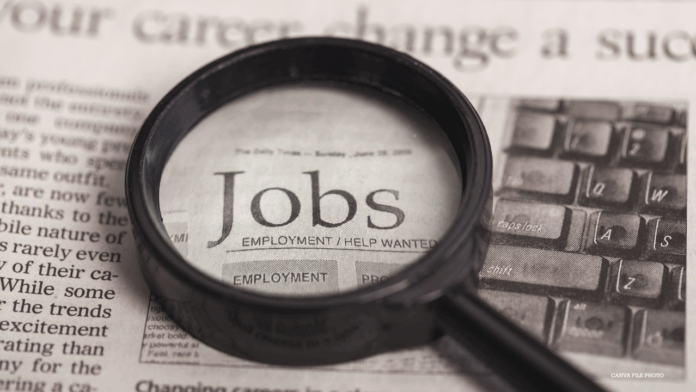The Filipino workforce has long been a formidable player in both local and international labor markets. From professionals and skilled tradespeople to experts in diverse fields, Filipinos have consistently demonstrated resilience and adaptability—qualities that help the nation navigate unemployment challenges.
As of December 2023, the Philippines recorded a historic 3.1% unemployment rate—its lowest in the past two decades. The underemployment rate also improved, dropping from 12.6% to 11.9%, as more Filipinos gained sufficient working hours.
This momentum carried into 2024, with the year averaging 3.8% unemployment, the lowest annual rate since 2005. Remarkably, December 2024 matched the previous year’s record low of 3.1%.
In early 2025, the jobless rate saw a seasonal uptick to 4.3% in January before easing to 3.8% in February. By mid-2025, unemployment inched up to 3.9% in May before slightly improving to 3.7% in June, reflecting ongoing labor market resilience despite fluctuations.
But what exactly fueled these positive trends? And where is the country headed in the coming years? Filipino economists weigh in.
Ernesto M. Pernia: Employment as a Tool for Poverty Reduction
During the World Bank Report launch, Ernesto M. Pernia, Secretary of Socioeconomic Planning and former NEDA Director General, emphasized that stable employment is crucial for uplifting the poor. He advocates for:
- Expanding opportunities for both skilled and unskilled workers
- Training and re-training programs accessible to all
- Financial literacy as a cornerstone of workforce empowerment
- Government-led promotions that broaden reach to marginalized communities
Pernia also stressed that long-term solutions start with early childhood development and quality education, ensuring that academic institutions and industries work hand in hand to meet evolving market needs.
Arsenio Balisacan: Wage Hikes and Potential Job Losses
Socioeconomic Planning Secretary Arsenio Balisacan called the recent ₱35 wage increase in Metro Manila “quite reasonable” but cautioned against overestimating its benefits. While higher wages offer immediate relief, Balisacan warned of possible side effects:
- 40,000 to 140,000 potential job losses linked to the wage hike
- Minimal but existing impacts on GDP and investments
Despite this, he noted that displaced workers can still find opportunities as the economy grows and more businesses emerge. Like Pernia, he underscored the importance of improving job quality to justify wage increases and maintain economic momentum.
Key Steps Toward Sustained Employment Growth
Economists agree that while the drop in unemployment is encouraging, several reforms are needed to maintain and expand progress:
- Structural Reforms – Update labor laws to encourage job creation, improve job quality, and address underemployment.
- Regional Development – Reduce migration pressures on urban centers by investing in regional industries and employment hubs.
- Inclusive Growth – Ensure equal opportunities for all, with skills-based differences addressed through accessible training programs.
The Philippines’ workforce gains reflect both resilience and policy-driven improvements. With unemployment hovering near record lows through 2024 and holding steady in mid-2025, the challenge now lies in sustaining this momentum—creating quality jobs, ensuring fair wages, and fostering economic growth that benefits all Filipinos.



